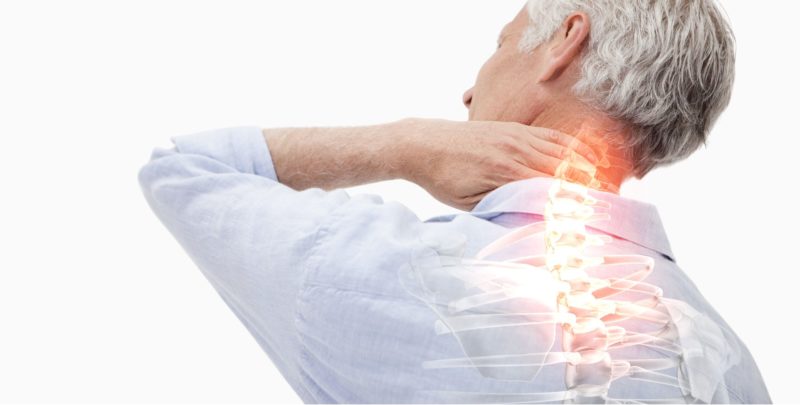The Causes & Treatment Options For Cervical Neck Spasms
Category: Neck Pain | Author: Stefano Sinicropi

The cervical portion of your spine is located at the top of your back and is responsible for helping you turn your neck as well as providing stability and support for structures that connect the brain to the central nervous system. There are a number of spinal muscles in this region that assist the cervical portion of your spine in these duties, but if they become irritated or injured, spasms can occur. Today, we take a closer look at why cervical neck spasms develop, and how they are treated.
Causes and Symptoms of Cervical Neck Spasms
In any region, a muscle spasm involves an involuntary contraction of the muscle. It can occur as the result of a number of different causes, including:
- Muscle injury
- Overexertion
- Stress
- Tense muscles
- Acute trauma
- Fibromyalgia
- Spinal degeneration
- Dehydration
The issue with spasms in the cervical spine is that they can put pressure on important nerves if they occur in certain locations. This can cause symptoms like regional or shooting pain, muscle weakness, neck stiffness, difficulty moving your arms, headaches, involuntary muscle movements and numbness.
Treating Cervical Neck Spasms
If you are dealing with muscle spasms in the cervical portion of your spine, consider getting active treatment instead of just hoping that the pain will resolve on its own. Simple conservative care options can help quell most spasms. For minor and mild cases of neck spasms, some common treatment methods include rest, immobilization, ice, anti-inflammatory medications and targeted physical therapy.
If you are dealing with moderate to severe neck spasms, the above treatment options may not be enough. Aside from the above techniques, your doctor may also recommend a series of posture and stretching exercises to help prevent and treat the spasms. Strength training can also help to build muscle in the area and keep the cervical muscles healthy.
Minnesota Neck Pain Surgeon
If these techniques do not provide relief, more hands-on care is needed. This typically comes in the form of cervical injections to prevent the muscles from spasming, or a surgery to address a problem that is contributing to the spasms. That being said, the vast majority of patients respond very well to conservative care techniques, and these usually cure them of any pain or discomfort.